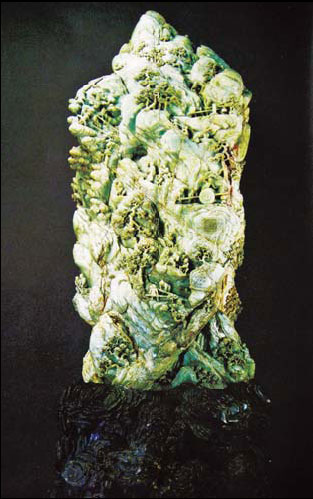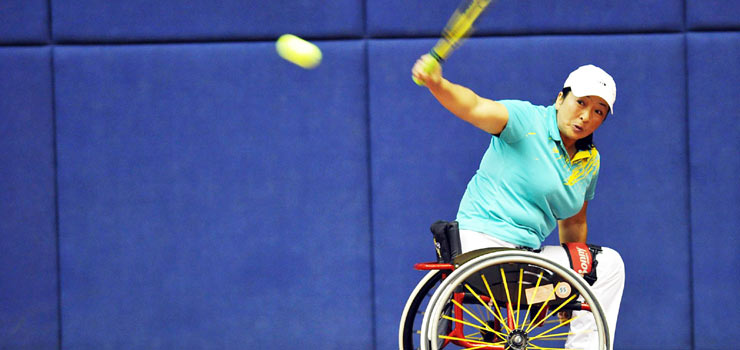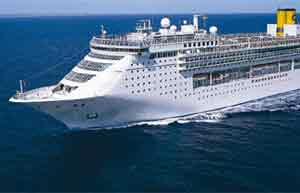A stone meant for kings
Updated: 2011-10-19 07:53
By Cheng Anqi (China Daily)
|
|||||||||
|
The Jade Mountain of Da Yu Regulating the River, in the collection of Beijing's Palace Museum. [Provided to China Daily] |
Editor's Note: Every week we look at a work of art or a cultural relic that puts the spotlight on China's heritage.
Treasured for thousands of years, jade holds a special place in Chinese history and culture.
Emperor Qianlong (1711-1799) of the Qing Dynasty (1644-1911) was known for his love of jade and is believed to have had a collection of more than 300,000 jadeware pieces. He even named his sons after the precious stone.
The most impressive of his collection is the piece called, The Jade Mountain of Da Yu Regulating the River. Da Yu, also known as Yu the Great, was a legendary ruler of ancient China famed for his introduction of flood control, and inaugurating dynastic rule in China by founding the Xia Dynasty (c. 21st century-16th century BC).
The artwork, now housed in the Palace Museum, is 224 cm tall and 96 cm wide, and is considered one of the most intricate of carved jade works in the country.
It is based on a vivid picture depicting the story of how Da Yu controlled river floods.
Craved out of a chunk of green and white jade, hewn from deposits in Xinjiang Uygur autonomous region, it rests on a mountain-shaped bronze pedestal, covered in paint and inlaid with gold filigree. It has pine trees growing on crags and streams flowing down mountains.
Da Yu is seen half way up the mountain undertaking the great task on hand while his men work with hammers and levers in an attempt to chisel out a course for the water flowing down.
 |
The back of the jade sculpture is inscribed with a poem composed by Qianlong, which eulogizes Da Yu's feat.
It took 10 years to complete and consumed vast amounts of manpower and material.
To transport the huge block of jade from Xinjiang to Beijing, a specially designed gigantic wagon with a 11-meter long shaft was built.
It was drawn by at least 100 horses, assisted by 1,000 men, who took turns to push it from behind.
On the way, paths had to be paved through mountains and bridges built across rivers. In winter, water was splashed on the roads which then froze, so that the stone could be easily slid over the icy surface. It took at least three years to cover the distance of nearly 5,520 km and deliver the jade to Beijing.
After it arrived at the capital, a wax model of the jade mountain was made and the stone shipped along the Grand Canal to Yangzhou in Jiangsu province where an official was empowered to select qualified carvers to copy the model provided.
Later, wooden models were made for fear the wax would melt in the heat of summer.
Six years later, the three-dimensional jade artwork finally took shape.
In the 52nd year of Qianlong's reign, the jade mountain was shipped back to Beijing and installed in the Palace of Tranquil Longevity in the Forbidden City. His poem was carved on the back of the sculpture the next year.
No accurate data on the man hours and money spent on this masterpiece are now available, but from the expenses involved in the creation of another jade mountain, Traveling in Autumn Mountains, a rough estimate can be made.
The final expenditure on Traveling was recorded at about 150,000 working days and 15,000 taels of silver (one tael is roughly 35 grams). Da Yu Regulating the River was four times larger than Traveling.












